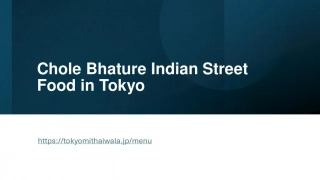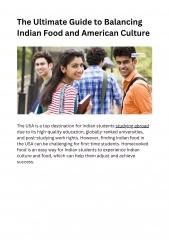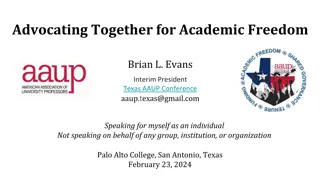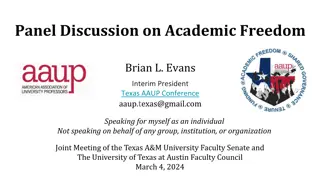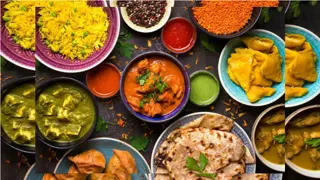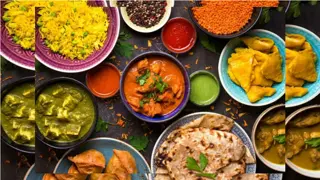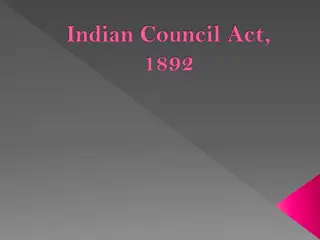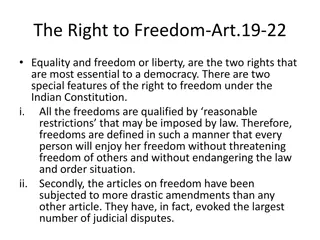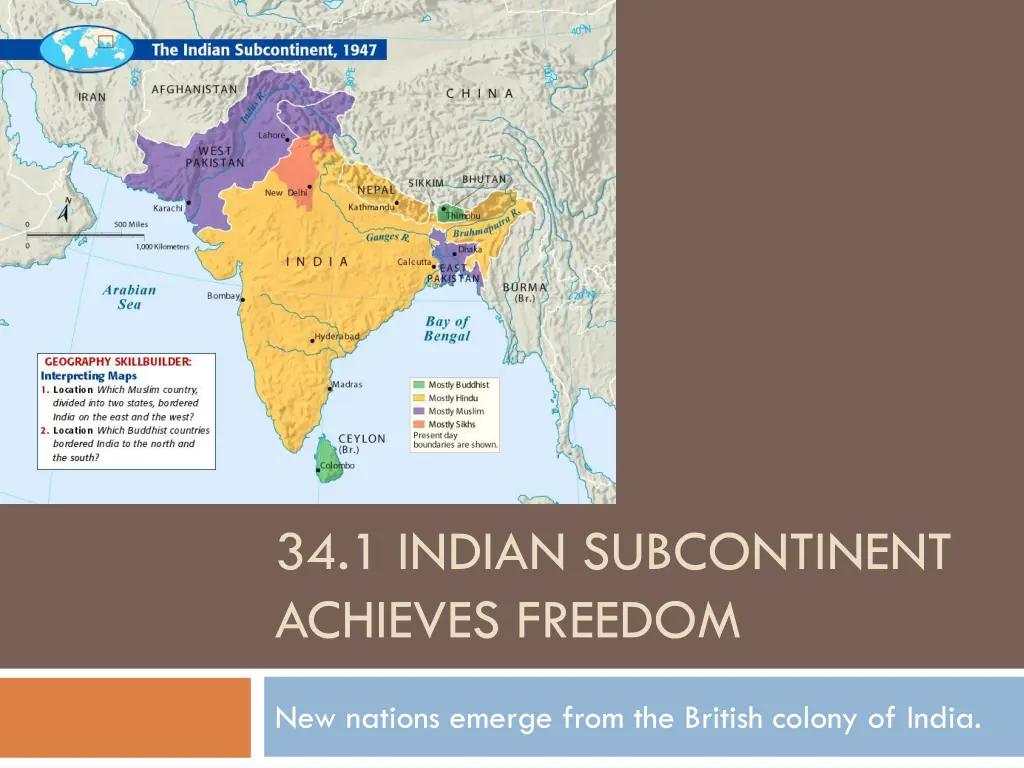
Emergence of New Nations: Indian Subcontinent's Journey to Freedom
Explore the journey of the Indian subcontinent as it achieves independence from British rule, leading to the emergence of new nations. The struggle against British domination, the partition along religious lines, and the resulting turmoil and bloodshed are highlighted, depicting a pivotal period in history.
Download Presentation

Please find below an Image/Link to download the presentation.
The content on the website is provided AS IS for your information and personal use only. It may not be sold, licensed, or shared on other websites without obtaining consent from the author. If you encounter any issues during the download, it is possible that the publisher has removed the file from their server.
You are allowed to download the files provided on this website for personal or commercial use, subject to the condition that they are used lawfully. All files are the property of their respective owners.
The content on the website is provided AS IS for your information and personal use only. It may not be sold, licensed, or shared on other websites without obtaining consent from the author.
E N D
Presentation Transcript
34.1 INDIAN SUBCONTINENT ACHIEVES FREEDOM New nations emerge from the British colony of India.
A Movement Toward Independence File:Gandhi spinning.jpg
Struggling Against British Rule Indian independence movement intensifies after World War II Country is split; much animosity between Hindus and Muslims
Struggling Against British Rule Congress Party is leading independence party; most members are Hindu.
Struggling Against British Rule Muslim League group formed to protect Muslim interests The symbol to the right later becomes the flag of Pakistan.
Struggling Against British Rule Muhammad Ali Jinnah Muslim League leader File:Quaidportrait.jpg Gandhi s willingness to work with Muslims angered extremist Hindus. File:Jinnah Gandhi.jpg
Freedom Brings Turmoil A railway station in Punjab during large-scale migration that followed partition of India along religious lines. File:Partion1.jpg
Partition and Bloodshed File:Partition of India-en.svg British adopt a policy of partition splitting Indian into two countries India would be largely Hindu nation; Pakistan mostly Muslim Great Britain grants independence to both in 1947
Partition and Bloodshed Millions leave their homes to resettle in Hindu and Muslim lands Hindu-Muslim violence erupts during this movement; one million die
http://upload.wikimedia.org/wikipedia/commons/thumb/4/4e/Nathuram_godse.jpg/220px-Nathuram_godse.jpghttp://upload.wikimedia.org/wikipedia/commons/thumb/4/4e/Nathuram_godse.jpg/220px-Nathuram_godse.jpg Partition and Bloodshed Indian independence movement leader Mohandas Gandhi is assassinated by a radical Hindu Nathuram Godse, January 30, 1948. Assassin opposed Gandhi s support of Muslim rights Supporters of Gandhi opposed his death sentence because they say it was against was Gandhi s principles. He was hanged November 15, 1949. File:Nathuram.jpg Group photo of the alleged conspirators.
The Battle for Kashmir India and Pakistan fight over Kashmir, a region in northern India Cease-fire in 1949, but disputes over the region continues. In total, India and Pakistan have fought four wars Indo-Pakistan War of 1947 Indo-Pakistan War of 1965 Indo-Pakistan War of 1971 Indo-Pakistan War of 1999 (minor war)
Nehru Leads India File:Bundesarchiv Bild 183-61849-0001, Indien, Otto Grotewohl bei Ministerpr sident Nehru cropped.jpg Jawaharlal Nehru becomes the first prime minister of independent India Rules for 17 years; pushes for economic and social reforms Leads alliance of countries that were neutral in Cold War
Troubled Times Nehru s daughter, Indira Gandhi, rules much of the time from 1966-1984. She faces opposition from Sikhs, and is assassinated by Sikh bodyguards.
Troubled Times Her son Rajiv Gandhi becomes prime minister, but is assassinated in 1991.
Twenty-First Century Challenges India is one of the world s most populous nations India faces various population, social, and religious problems India continues struggles with Pakistan; both become nuclear powers Right see the Prithvi I tactical missile capable of carrying a nuclear weapon.
Nuclear Power: India-Pakistan Indian Nuclear Power Plants Pakistani Nuclear Power Plants
Civil War Pakistan begins as two separate and divided states East Pakistan is more populous; West Pakistan houses government East Pakistan declares independence from West Pakistan in 1971 Civil war erupts; East wins, becomes new nation of Bangladesh
A Pattern of Instability File:Benazir Bhutto.jpg Many different governments rule Pakistan, non achieve stability Benazir Bhutto leads Pakistan in 1980s and 1990s but is ousted. The military now rules. Bhutto is assassinated in 2007. U.S. President George W. Bush condemned the assassination in a 27 December press conference.
Bangladesh Faces Many Problems Bangladesh struggles with political instability; economic hardship Also endures many natural disasters: storms and cyclones 1970 (Nov 12) Bhola Cyclone resulted in the deaths of up to 500,00 due mostly to flooding. This was the deadliest tropical cyclone ever recorded. File:November 1970 Bhola Cyclone Repair.jpg
Civil Strife Grips Sri Lanka File:Ltte emblem.jpg Island of Sri Lanka, formerly Ceylon, wins independence in 1948 Population split between Buddhist Sinhalese and Hindu Tamils Tamils begin fighting for their own state. They were defeated by the Sri Lankan Army in 2009. Symbol of the Liberation Tigers of Tamil Eelam who sought independence from Sri Lanka. They were defeated in 2009.


